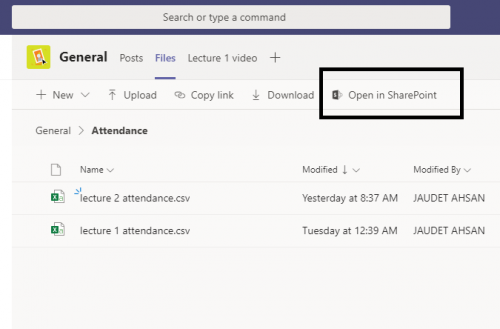

Not all systems will benefit from a conversion though. I can tidy the app up by adding in dropdown boxes for values etc, but the basics are there. For many, this will be the best way to get an Access database to PowerApps. We now have a PowerApps application working with MS Access. Immediately I can see the record has been saved successfully to my SharePoint list.Īnd if I look in MS Access at my table, I can see the record has gone in there also. If I click the + button I can add a new record.Ĭlick the tick button to save the record. PowerApps will go away and create a quick app for you based on this list. Give the app a name and click the ‘Create’ button. On the menu, select ‘PowerApps’ followed by ‘Create an app’. I can now go ahead and build my PowerApps screen.As you can see, an Access database to PowerApps conversion is possible with a workaround.

At this point I could work with tblEmployee1 and delete the original tblEmployee, but I prefer to keep it in case anything should go wrong. Here it has added it as tblEmployee1 because I already have my table called tblEmployee.Īlso, it has brought over another link called ‘UserInfo’, but don’t worry about this.

Now go back into MS Access and you should see the SharePoint list link. Now select the list and click the ‘OK’ button. Select the link option and click the ‘Next’ button. Select or enter your SharePoint site URL.

Select ‘From Online Services’ followed by ‘SharePoint List’. Under the ‘Imports’ section, click on ‘New Data Source. Now I need to go back into MS Access and connect to this list.Ĭonnect to the SharePoint List from MS Access MS Access will now start to export your table and data over to SharePoint.Īnd here is the ‘tblEmployee’ table, now sitting in SharePoint as a list. You will then be asked to enter the URL of your SharePoint site. SharePoint already has a list field called ‘Title’ so it won’t allow another. Note: If your table has a field called ‘Title’, you will have to rename it, otherwise an error will be thrown during the export. In MS Access, select the ‘External Data’ tab on the menu bar. The first thing I need to do is move this table over to SharePoint. The best way to do this is to use a SharePoint list.Īnd this is the table that sits behind it. You can then run your usual queries, reports etc within MS Access. You can create an app that connects to MS Access tables. It is not possible to port MS Access forms over to PowerApps, but there are workarounds. That said, can PowerApps be considered a replacement for MS Access?
ACCESS DATABASE SHAREPOINT FOR MAC CODE
Also, code heavy databases may not transfer well to PowerApps. You may decide this type of applications should remain in MS Access. When thinking of an Migrate Access database to PowerApps conversions, there could be some MS Access functionality which is not possible to replicate in PowerApps.
ACCESS DATABASE SHAREPOINT FOR MAC HOW TO
When looking at how to add access database to PowerApps mobile applications, there are a number of considerations. There are obvious advantages to this and it is worth looking at what you can move across to PowerApps. MS Access works offline, whereas PowerApps database works online. Have you thought about converting an Access database to PowerApps? Organisations tend to look at ways to bring their technology up to date, especially with the possibilities available in Office 365. There are many MS Access applications around the globe, some of which are probably good candidates for converting to PowerApps. In reality there is not much to compare the two. PowerApps has been talked of as being similar to MS Access.


 0 kommentar(er)
0 kommentar(er)
